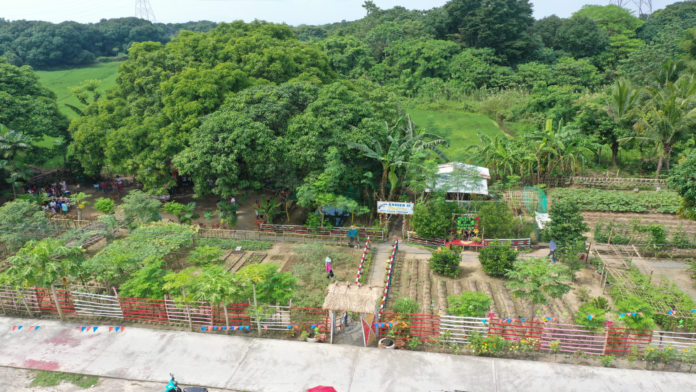The municipality here is firm on keeping 70 percent of its land for agriculture, noting that it remains unaffected by the El Niño phenomenon.
In an interview Monday, Mayor Carlos Lopez Jr. said only 30 percent of their land areas are allocated for industrial development under the Comprehensive Land Use Plan (CLUP).
“We are a fully-irrigated municipality, hence, we thank God that we are not affected by El Niño. We would like to preserve it because we have a bounty of water. If we decrease the total agricultural area, the supply of food will suffer so we balance everything,” he said.
He said agricultural lands should not be sacrificed since they have a good irrigation system that has ensured their agricultural production.
Of the town’s 5,445 hectares of agricultural land, 4,038 hectares are planted with rice and have proper irrigation, 250 hectares are planted with rice but is rain-fed, 883 hectares are for corn production, and 274 hectares for vegetable production.
Out of the 21 villages, 13 are rice producing for two planting seasons and eight produce corn and other vegetables.
Town agriculturist Minerva Rosas said on the average, the town has produced 4.5 metric tons per hectare of rice during wet season and 6.5 metric tons per hectare during the dry season in 2022-2023, and six metric tons per hectare in corn.
She said low production was usually recorded during the wet season due to pests, diseases, and typhoons.
Kankanen Festival
In celebration of their good harvest, the town held their Kankanen (native rice cake) Festival last April 13.
The festival featured over 600 bilao (trays) of kankanen, which are mainly “inkiwar” with added toppings prepared by the villagers both for the residents and visitors.
Inkiwar is made from glutinous rice, sugar, and coconut or carabao milk, cooked through a process of continuous manual stirring to achieve a sweet yet tasty native rice cake. It is usually topped with latik, which is the residue of cooked cocomilk, caramelized coconut milk, or cheese or nuts for the modern versions.
Lopez said the festival is their way of thanksgiving for the abundant harvest, recognition for the agricultural workers’ labor, and a way to promote the kankanen products, which the town is known for.
He said glutinous rice symbolizes unity.
“Unlike rice, malagkit (glutinous rice) holds together just like what we do here in Asingan. There is unity,” he said.
Some farmers allot a portion of their agricultural lands for planting of glutinous rice for their annual Kankanen Festival, which started in 2011.
Lopez added they are still aiming to become a record holder of the Guinness Book of World Records as the longest or biggest native rice cake. (PNA)
Photo credit: Facebook/TheAsinganians


